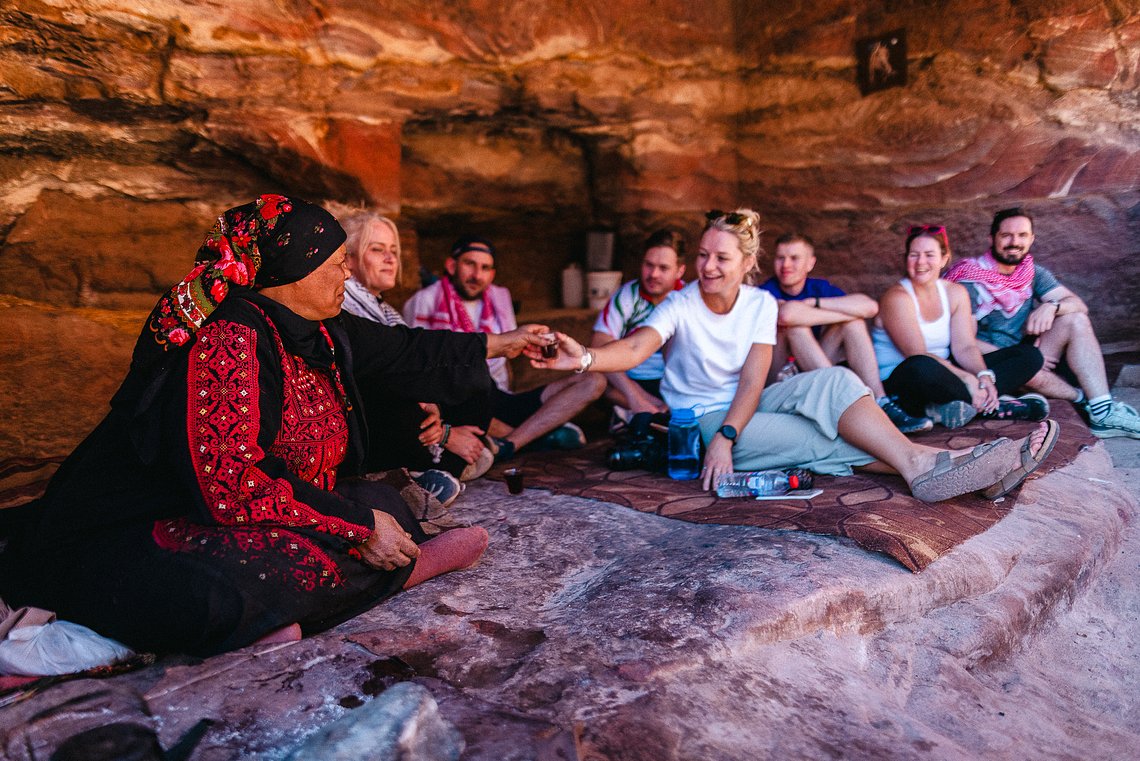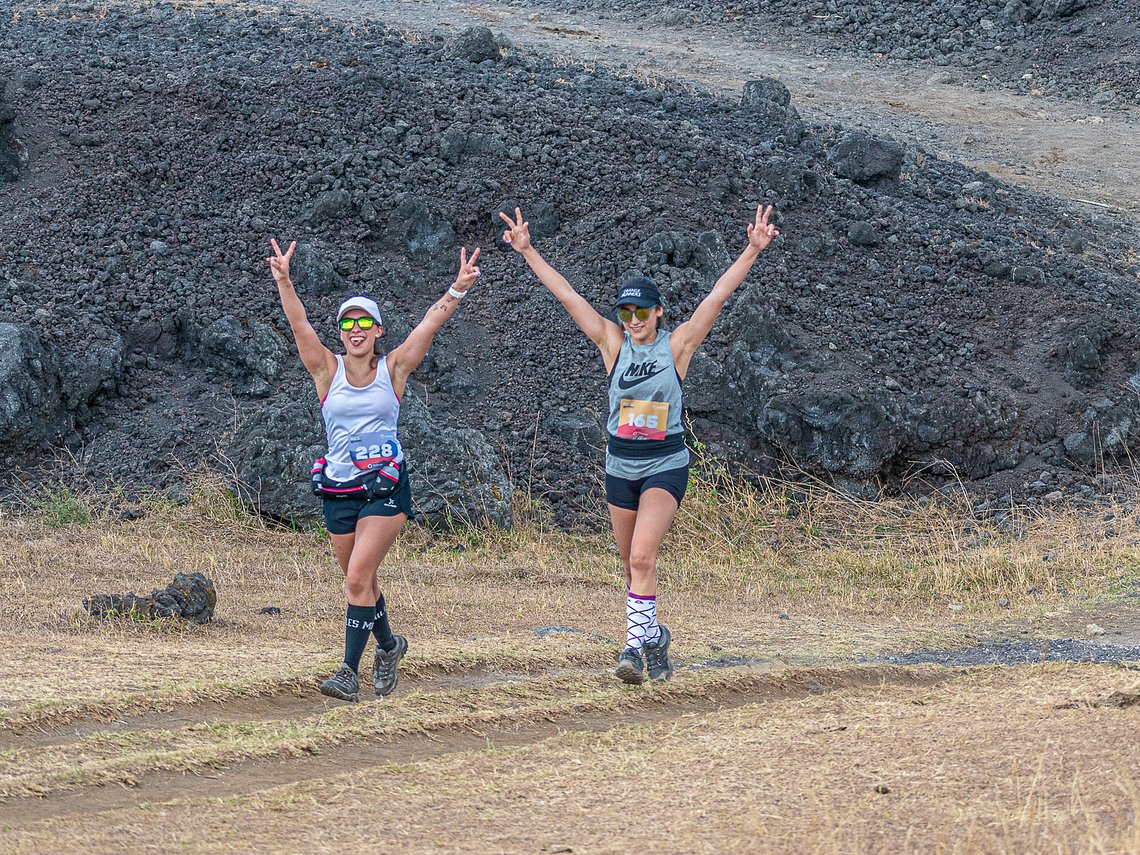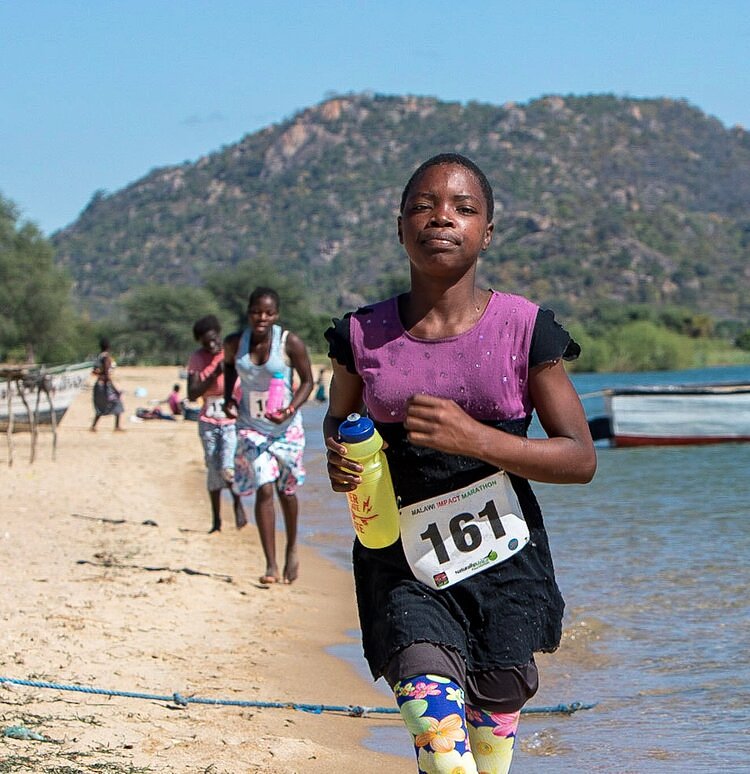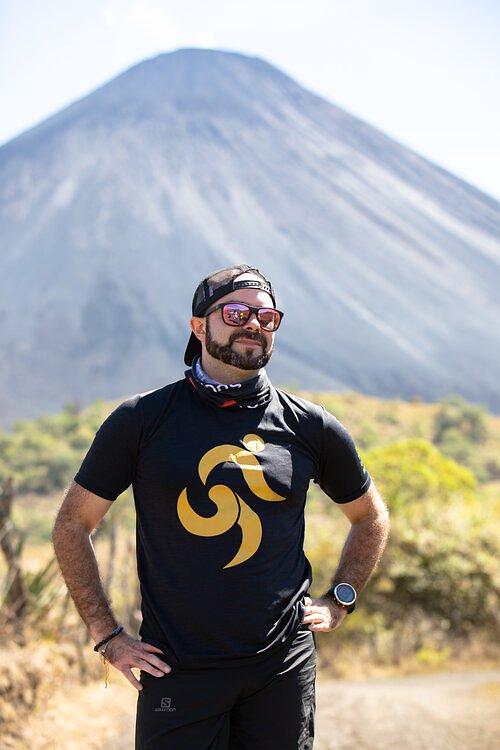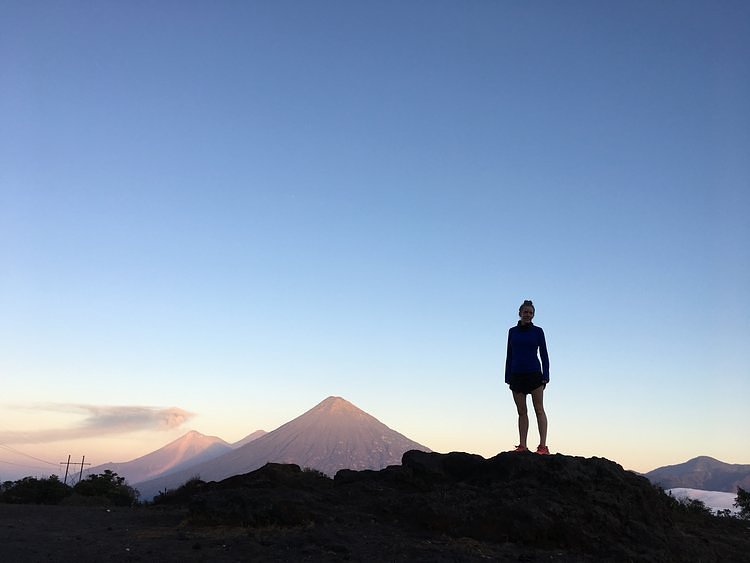Thu 31 Aug 2023 • Nick Kershaw
Adapting to Tropical Conditions: An Evidence-Based Approach to Training for International Marathons

SHARE THIS POST
While long-distance running offers a plethora of physiological and psychological benefits, the task becomes considerably more complex when subjected to the harsh climates characteristic of tropical regions. This article aims to provide an in-depth, scholarly discussion on the most effective strategies for acclimating to tropical conditions, with the ultimate goal of enhancing athletic performance and minimising health risks.
Introduction
Tropical marathons, such as the Guatemala Impact Marathon, present unique challenges tied to extreme temperatures, high humidity, and unfamiliar terrains. Now, Guatemala Impact Marathon exemplifies a unique athletic venture that combines sport with social responsibility. However, competing in such a tropical environment necessitates specialised preparation. This blog provides an evidence-based framework for aImpact Runners, particularly those from temperate climates, to prepare more effectively for such conditions.
Please note, this blog does not replace the work of a great trail running coach, or nutritionist, hydration specialists, or well-qualified personal trainer.
There is an unexpected benefit to your preparation at an Impact Marathon: we have a week to acclimatise! During the Impact Week we will go on regular shake-out runs, sleep at similar altitudes to the race route, and sometimes do some pretty heavy volunteer work! All these elements make for a unique race build up so you can stand on the start line well-prepared and probably with a new running buddy to offer mutual support throughout the kilometres that lie ahead.
Physiology of Heat Acclimation
Cellular Adaptations
Before delving into training tips, it’s critical to understand the underlying physiology of heat acclimation. In simple terms, it involves a series of metabolic and cardiovascular adaptations that help the body regulate core temperature. Effective acclimation usually requires 1-2 weeks and can result in a 3-6% improvement in performance.
Exposure to elevated temperatures instigates a cascade of cellular responses. Heat shock proteins are synthesised to protect cellular integrity, necessitating a metabolic shift that directly impacts athletic performance.
Cardiovascular Changes
Heat exposure augments cardiac output and peripheral vasodilation, a double-edged sword. While these adaptations can improve the thermoregulatory response, they can also create undue cardiovascular stress.
Hydration: Beyond the Basics
Fluid Preloading
In tropical climates, runners should consider fluid preloading—ingesting a greater volume of fluids than usual—several hours before the run. This can serve as a buffer against the high sweat rates typical in humid conditions. Recent studies suggest that a preload of approximately 5–7 ml/kg body weight can be effective.
Electrolyte Balancing
Simply drinking water isn’t sufficient; maintaining electrolyte balance is critical. Consuming sodium-rich foods or electrolyte tablets can help combat hyponatremia, a condition caused by low sodium levels that can lead to impaired performance or serious health risks. Consuming sports drinks with a 4-8% carbohydrate-electrolyte solution is often recommended. Sodium content should be around 20-30 mmol/L to maintain intracellular osmotic conditions. We have frequently worked with the team at Precision Hydration who offer deep level understanding of individual hydration needs: we cannot recommend them enough!
Periodised Heat Training
Early Exposure
Gradual exposure to heat during training can result in significant adaptations such as increased plasma volume, reduced heart rate, and improved thermal comfort. Consider incorporating hot baths or sauna sessions post-training for controlled heat exposure.
Environment-Specific Training
If possible, periodic training in conditions simulating the tropical climate can accelerate heat acclimation. This might involve treadmill sessions in a heat-controlled room or leveraging the summer months for outdoor training.
Nutrition: A Holistic Approach
In tropical climates, metabolic rates may vary. As such, consider adjusting macronutrient intake to reflect the increased energy expenditure, with a focus on carbohydrates to improve endurance.
Macronutrient Modulation
Given the increased energy expenditure and potential muscle catabolism in extreme conditions, a higher intake of complex carbohydrates along with moderate protein consumption is advised.
Micronutrient Consideration
Higher sweat rates can lead to significant losses in micronutrients such as Zinc and Magnesium. Including these in your dietary regimen can aid enzymatic processes crucial for energy metabolism.
Clothing and Gear
Materials
Choosing fabrics with a high wicking potential can significantly improve thermoregulation. Materials like polypropylene have been shown to offer superior moisture management.
Footwear
Shoe selection is critical, given that feet can swell in humid conditions. The importance of a proper fit cannot be overstated, as even minor misalignment can cause friction and result in blisters.
I am a Salomon trail running ambassador and strongly recommend their website as a starting point for your research, understanding, and kit decision-making process.
Psychological Preparation
Cognitive Behavioural Techniques
Mindfulness-based stress reduction (MBSR) techniques can be particularly effective in helping athletes adapt to unfamiliar environments.
Resilience Training
The impact of environmental stressors can be mitigated through resilience training, a psychological approach that focuses on adaptability and mental toughness.
Conclusion
Training for a tropical marathon is a complex undertaking that requires a multifaceted, scientific approach. This write-up offers a comprehensive guide, grounded in scholarly research, that aims to equip athletes with the necessary knowledge and strategies to not just complete, but excel in a tropical marathon setting.
In the end, an Impact Marathon is less about the race, and more about the impact our running can make. We encourage all our Impact Runners to prepare thoroughly, but not to lose sight of the bigger picture: why are you here? Why are you in Guatemala? Why did you dedicate this time in your life to be in this country, far from home to run a deeply challenging race route?


















